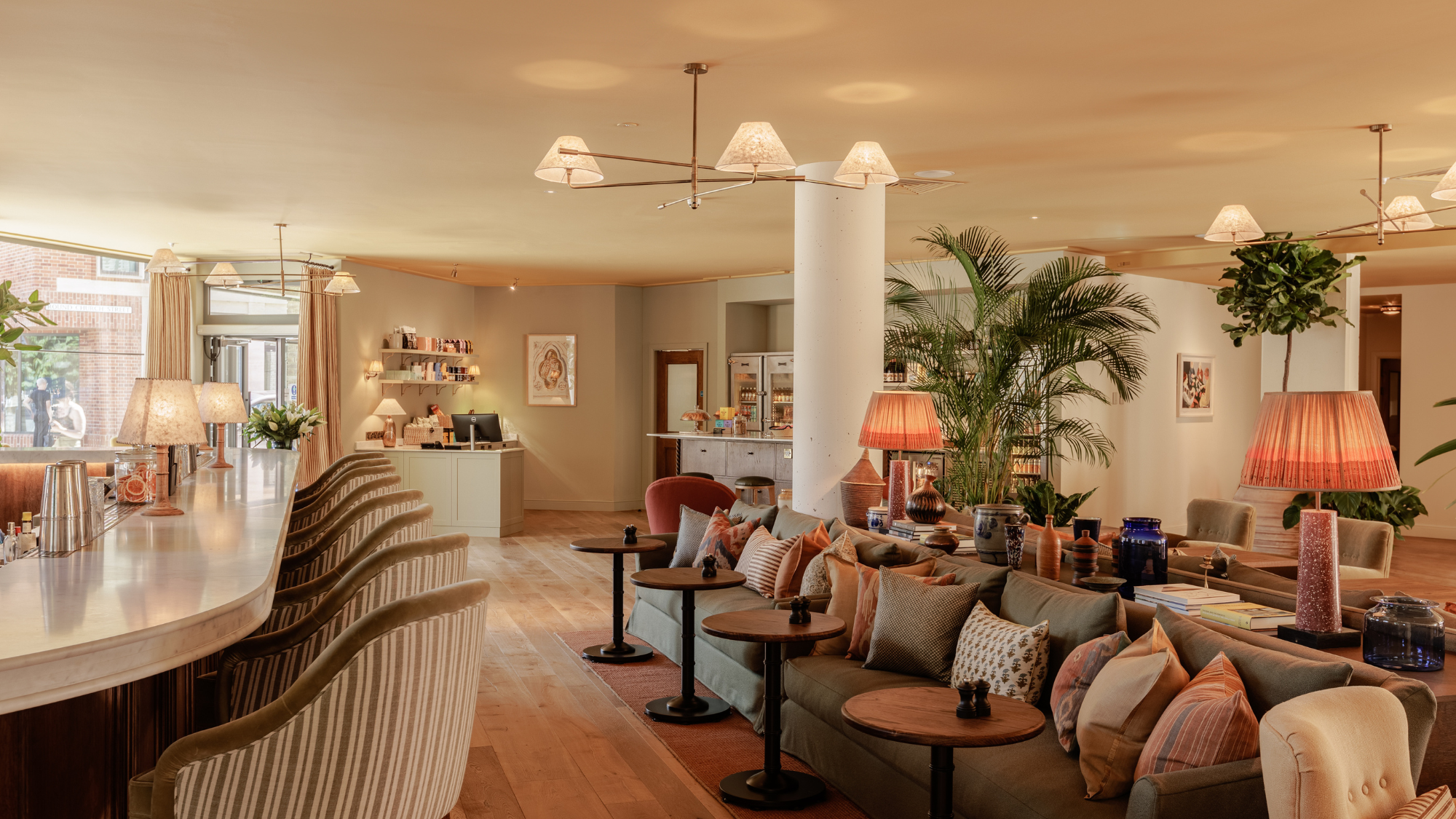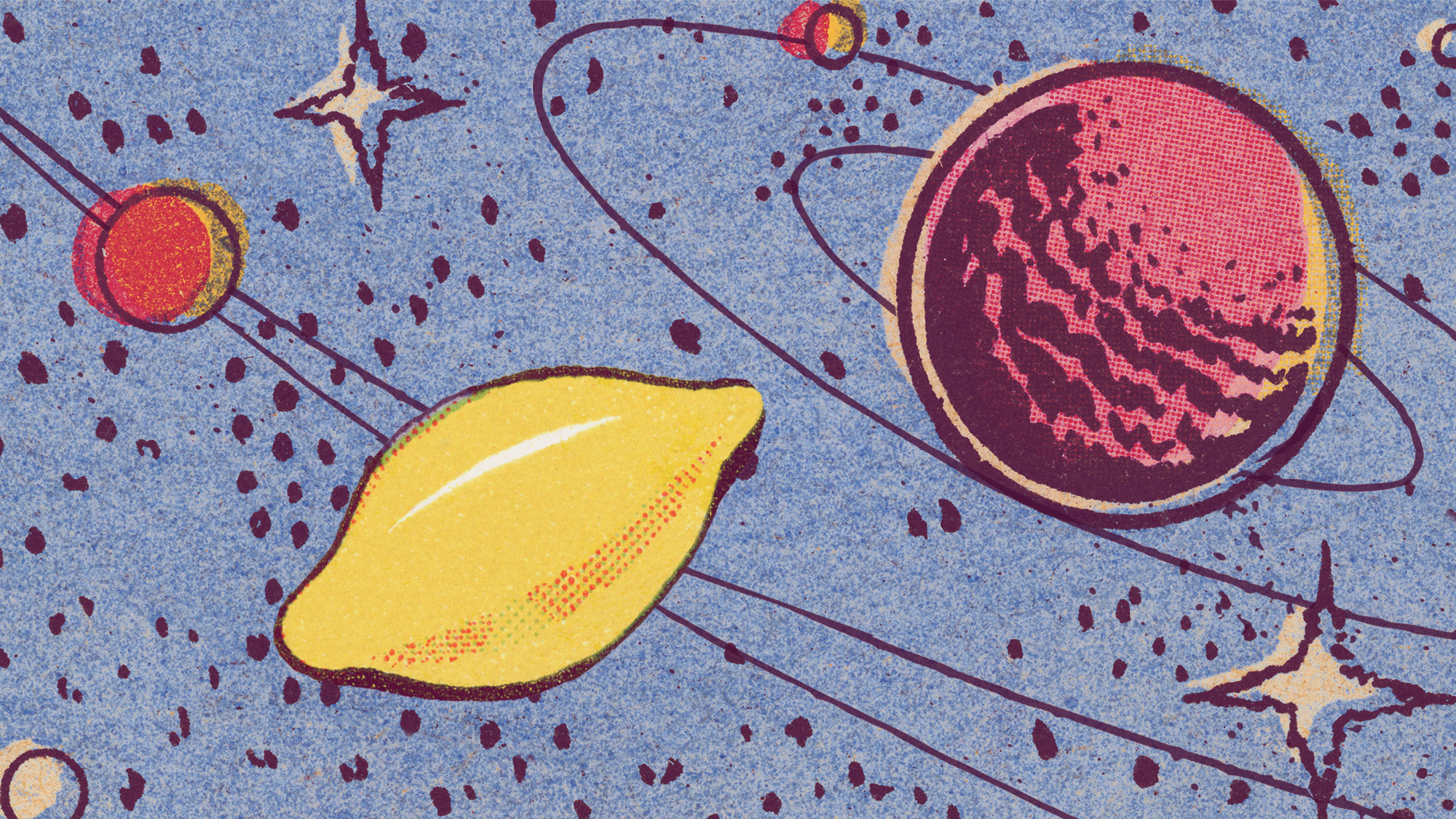Bob Dylan: When art is imitation
Many of Dylan's recent paintings on display at a New York art gallery are painted copies of photographs.
Is Bob Dylan a serial plagiarist? asked Mallika Rao in HuffingtonPost.com. It’s already been proved that the legendary folk-rock singer repeatedly borrowed lyrics and melodies for some of his famous songs from poets, novelists, and other musicians. Now Dylan’s penchant for unauthorized imitation seems to have spread to his foray into the visual arts. A New York City art gallery recently unveiled a series of 18 paintings that were supposedly “firsthand depictions” of Dylan’s travels in Japan, China, Vietnam, and South Korea. But when bloggers examined the works online, they quickly recognized 11 of them as painted copies of photographs taken by Henri Cartier-Bresson, Leon Busy, and others. Clearly, the exhibit’s title should have been “Bob Dylan: The Paint by Numbers Edition.” Why are these rip-offs in a gallery? said Ann Binlot in ArtInfo.com. This exhibit is nothing more than a record of “Dylan’s travels through online photo archives.”
Dylan should have been more open about his technique, said Blake Gopnik in TheDailyBeast.com, but the uproar over his “plagiarism” is overblown. A hundred years before the Internet, many great painters based their works on photographs. Edgar Degas and Edvard Munch, in fact, barely bothered to alter their reference photos, and “some of Matisse’s greatest works riff on cheap postcards of North Africa.” Modern painters like Andy Warhol engaged in more-explicit borrowing. “Dylan has never denied the art of the lift,” said Ben Greenman in NewYorker.com. In the folk tradition, it’s commonplace for songwriters to reshape traditional lyrics and melodies handed down from performer to performer. He’s just carried that over to his painting. As any true musical or visual artist would admit, “no artist is entirely original.”
For proof of that, visit any art museum, said Tony Norman in the Pittsburgh Post-Gazette. Every one is full of paintings by artists imitating other artists’ work. In his “Asia” series, Dylan clearly demonstrates an admiration for Vincent van Gogh’s powerful color palette, applying it to old, black-and-white photos of the countries he visited, creating something new. “It is a hybrid of influences, not theft per se.” In an age when anyone can instantaneously copy both text and photos, we’ll be hearing more “plagiarism” stories like this one, said Edward Tenner in TheAtlantic.com. Remember the famous Obama “Hope” poster, which an artist made by using Warhol tricks to dress up a copyrighted AP photo he borrowed without permission? As Oscar Wilde once said, “Talents imitate, geniuses steal.” Apparently, Bob Dylan couldn’t agree more.
The Week
Escape your echo chamber. Get the facts behind the news, plus analysis from multiple perspectives.

Sign up for The Week's Free Newsletters
From our morning news briefing to a weekly Good News Newsletter, get the best of The Week delivered directly to your inbox.
From our morning news briefing to a weekly Good News Newsletter, get the best of The Week delivered directly to your inbox.
A free daily email with the biggest news stories of the day – and the best features from TheWeek.com
-
 Wilde Cambridge: home-away-from-home in a prime city spot
Wilde Cambridge: home-away-from-home in a prime city spotThe Week Recommends This laid-back aparthotel is the perfect base for a weekend of exploring
-
 The best alcohol-free alternatives for Dry January
The best alcohol-free alternatives for Dry JanuaryThe Week Recommends Whether emerging from a boozy Christmas, or seeking a change in 2026, here are some of the best non-alcoholic beers, wines and spirits to enjoy
-
 A lemon-shaped exoplanet is squeezing what we know about planet formation
A lemon-shaped exoplanet is squeezing what we know about planet formationUnder the radar It may be made from a former star